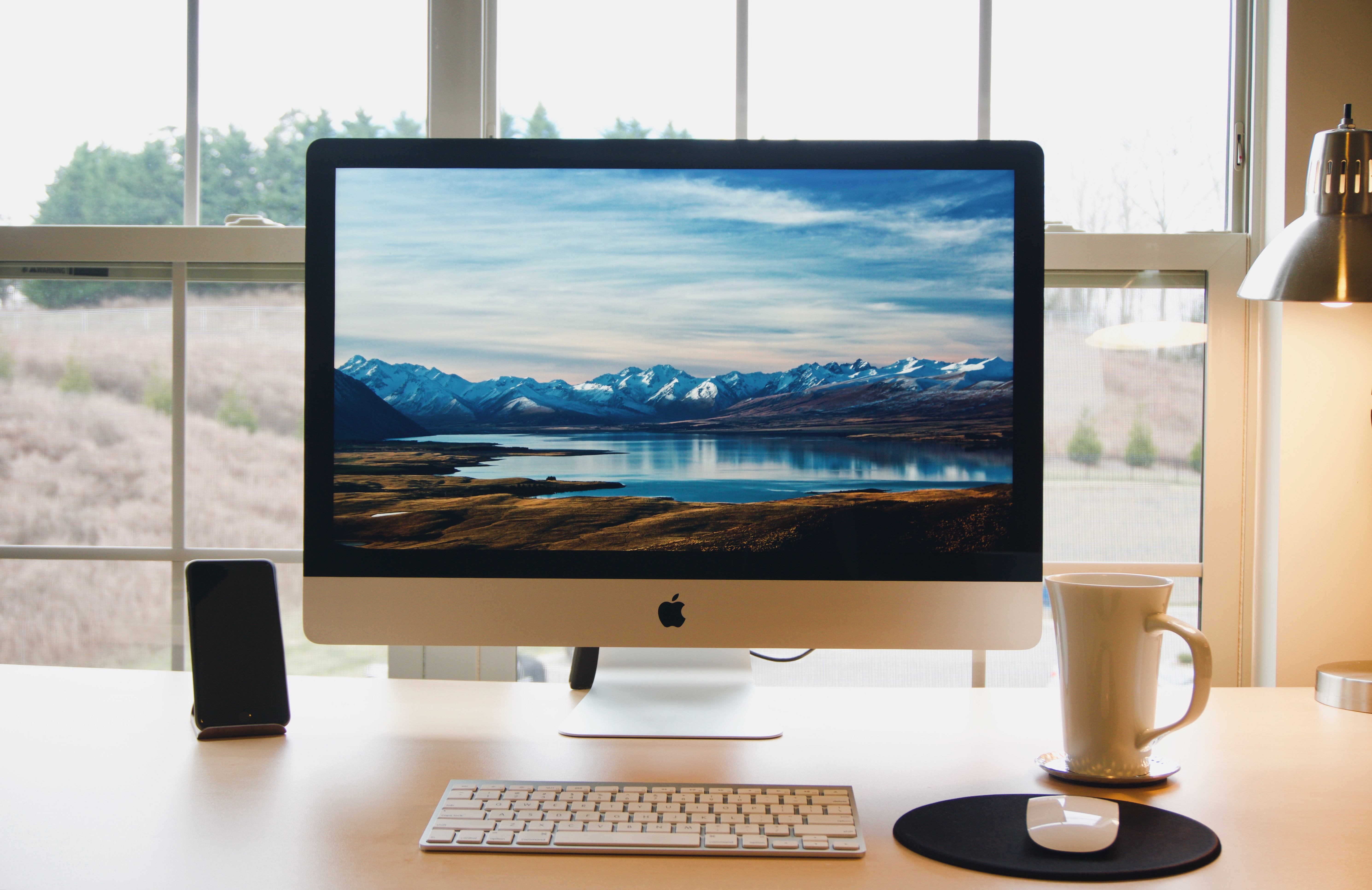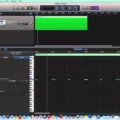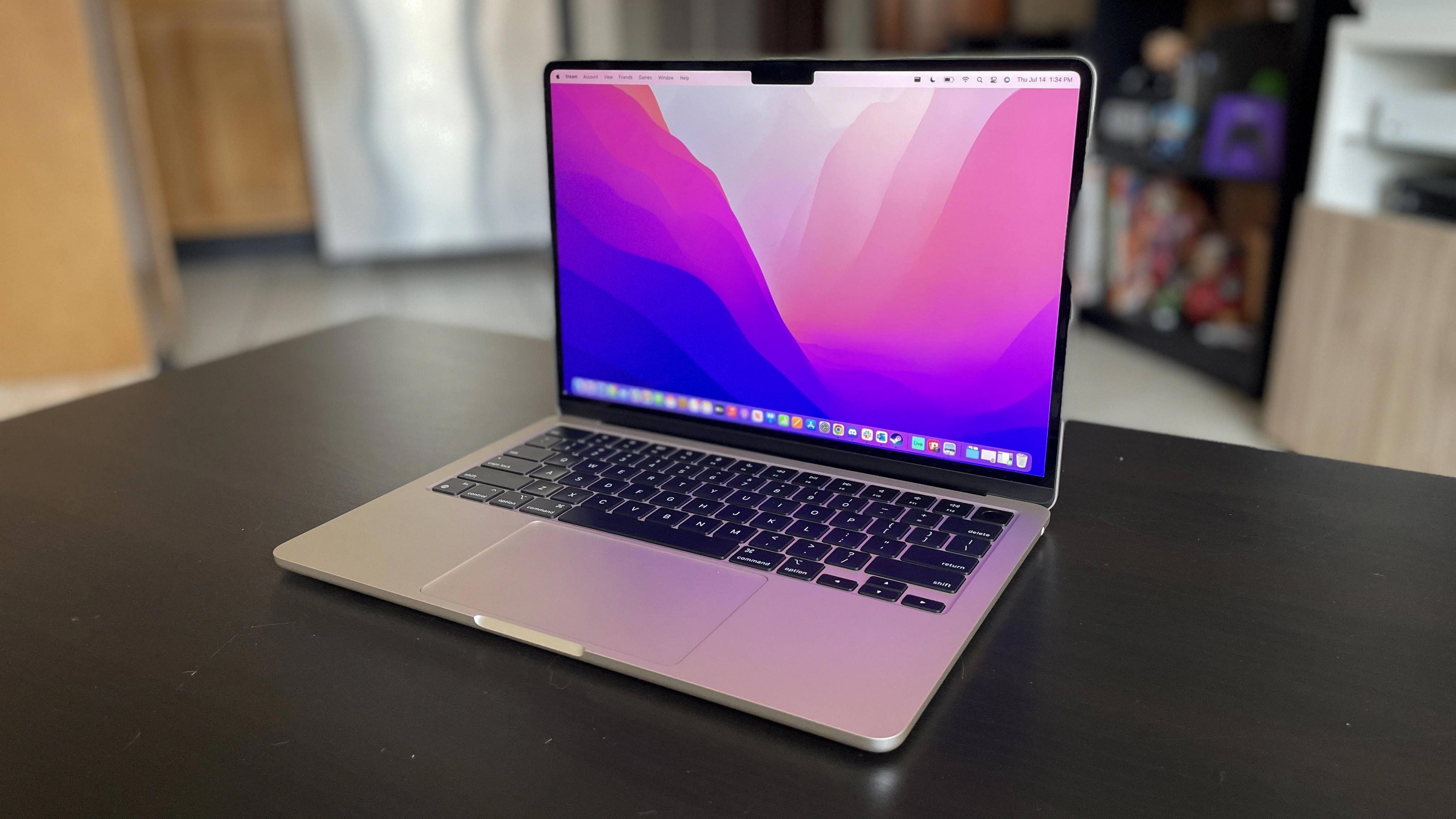Are you having trouble getting your Mac desktop to turn on? It can be incredibly frustrating when your Mac won’t start up, and there are several potential causes. In this blog post, we’ll explore why your Mac desktop won’t turn on and what you can do to fix it.
The first thing to check is the power supply. If your Mac isn’t receiving sufficient power from its power adaptor or battery, it may not be able to power on. Make sure that the power cord is securely connected to both the wall outlet and your Mac. Additionally, make sure that the wall outlet is working by plugging something else into it.
If your Mac still won’t turn on, then the issue may be related to software rather than hardware. If you recently installed a new app or changed any system settings, this could be preventing your Mac from starting up properly. To troubleshoot this issue, you can try booting into Safe Mode by holding down the Shift key while your Mac is starting up. This should bypass any problematic settings and allow you to log in normally.
If neither of these steps works, then there could be a more serious problem with either your hardware or software components. Try resetting the System Management Controller (SMC) by unplugging all cables from your Mac for 15 seconds before plugging them back in again, then restart it once more. If this doesn’t solve the problem then you should take it in for repair at an Apple Store or authorized repair shop as soon as possible.
We hope that this blog post has helped answer any questions about why your Mac desktop won’t turn on and how to fix it. Remember to always check for power issues first before attempting any software-related fixes!
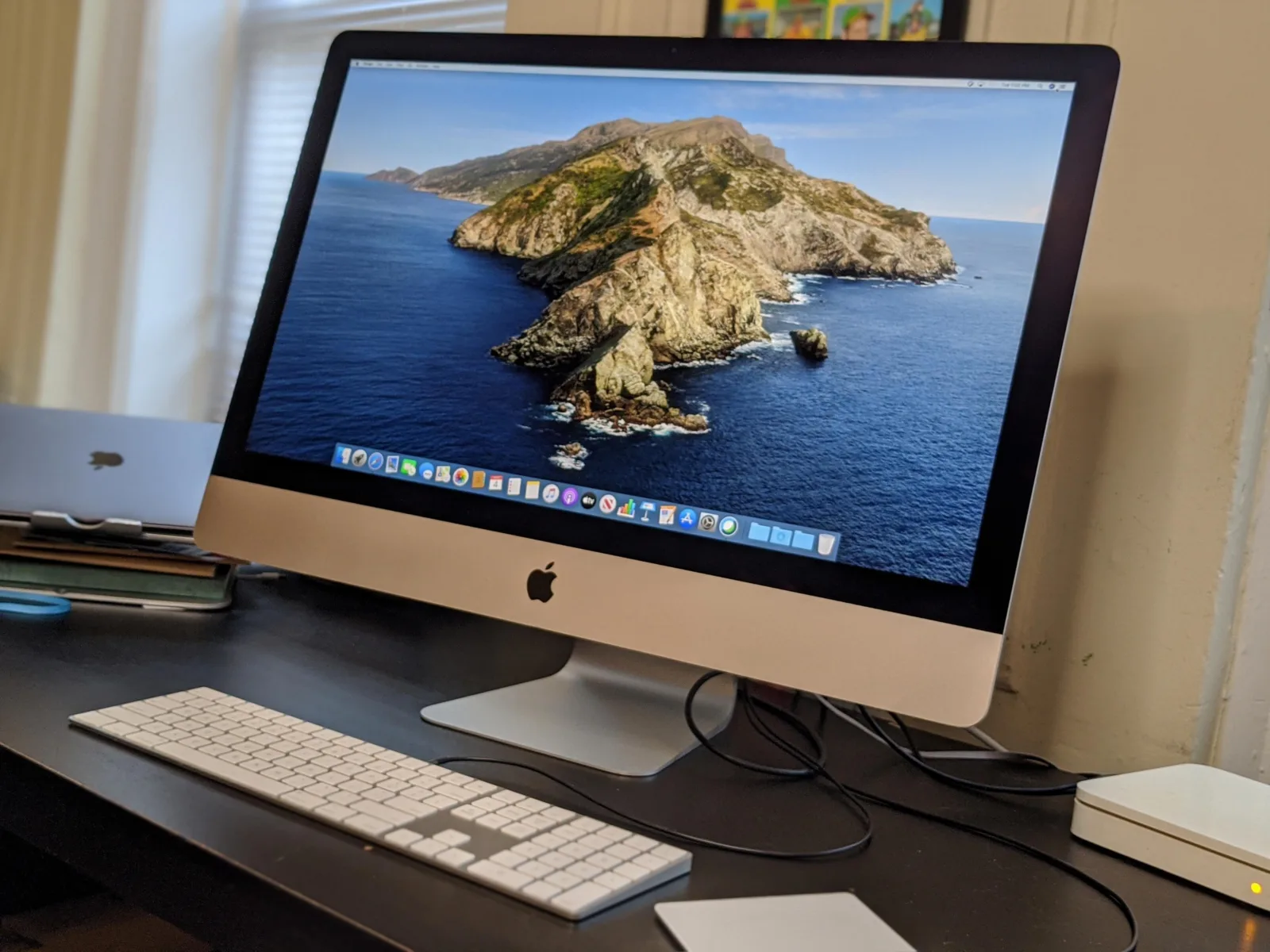
Troubleshooting a Mac That Has Suddenly Turned Black and Will Not Turn On
There are a few possible reasons why your Mac might have just turned black and won’t turn on. One possibility is that the power supply is insufficient or rated, causing the computer to boot into a black screen. Another possibility is that there might be poor contact between the hardware and firmware, leading to an inability to start up normally. Additionally, cables may not be connected properly and third-party apps may have caused an issue with the screen. If none of these seem to be the problem, it’s best to contact Apple Support for further guidance.
Forcing an IMac to Start
To force start your iMac, press and hold the power button on the back of your iMac until it shuts off. After a few moments, press the power button again to start your iMac. This will force start your Mac and should get it running again if you are having trouble starting up normally.
Troubleshooting a Black Screen on a Mac Desktop
If your Mac desktop is on but the screen is black, it is likely that your Mac or display has gone to sleep. To save energy, your Mac and display go to sleep automatically when they’re not in use. You can adjust the settings for when your Mac and display go to sleep in System Preferences. If changing the settings does not help, then you may need to reset the System Management Controller (SMC), which controls power functions, or check for any loose connections between the monitor and computer.
The Mac Black Screen of Death
Mac black screen of death is an issue that occurs when your Mac stops functioning and displays a black screen. This can happen for several reasons, including insufficient power supply, a malfunctioning power cycle count, a hardware issue such as an aging or damaged graphics card, or an operating system error. In some cases, the Mac may not even start up at all. If you’re experiencing this problem, it’s important to troubleshoot the cause of the issue in order to get your Mac back up and running.
Forcing a Mac to Restart That Won’t Turn On
If your Mac won’t turn on, you can force it to restart by following these steps: First, shut down the Mac by pressing and holding the power button until it shuts off. Next, unplug the power cable from the Mac and then plug it back in. After that, press and hold down the Shift + Ctrl + Option/Alt keys together with the power button. Hold these keys for about 10 seconds and then release them all at the same time. You may see a light flicker on your power cable when you release them. Finally, press the power button to turn on your Mac and it should restart normally.

Source: howtogeek.com
Troubleshooting a Mac That Will Not Wake Up
If your Mac won’t wake up, there are a few steps you can take to try to fix the issue. First, hold down the power button for 10 seconds to shut down your Mac. Then, unplug the power adapter from your Mac and wait 15 seconds before plugging it back in and waiting an additional five seconds. Finally, press the power button once again to turn on your Mac. If this doesn’t work, you may need to reset the System Management Controller (SMC) on your Mac by following these steps: Shut down your computer, unplug the power adapter from your Mac, and wait at least 15 seconds before plugging it back in. Then press Shift-Control-Option on the left side of the built-in keyboard while pressing the Power button at the same time. Release all keys and press the Power button once again to turn on your computer.
Restarting an Unresponsive IMAC
If your iMac is unresponsive and you need to restart it, there are a few steps you can take. First, try pressing the Command (?) and Control (Ctrl) keys on your keyboard along with the power button (or the ? Touch ID? / Eject button, depending on the Mac model). Hold these buttons down until the screen goes blank and the machine restarts. If this does not work, unplug your iMac from its power source and wait at least 15 seconds. Then plug it back in and press the power button again until it starts up. If these methods fail to restart your iMac, contact Apple Support for further assistance.
Troubleshooting an Unresponsive IMAC
If your iMac is unresponsive, the first step is to check if all the cables and power cords are securely connected. If everything appears to be in order, restart your computer by clicking on the Apple menu at the top left of the screen and selecting Restart. If you cannot interact with the Apple menu (perhaps your mouse is unresponsive) try pressing Command-Control-Eject on a very old Mac or Control-Option-Command-Power button on a newer Mac.
If the restart does not fix your issue, you can try resetting your SMC (System Management Controller). To do this, shut down your computer and unplug any external devices. Then press and hold down the power button for at least 10 seconds. Plug in any external devices and then turn on your computer.
If these steps do not work, it may be necessary to reinstall macOS or repair disk permissions using Disk Utility. You can access Disk Utility by restarting your iMac into Recovery Mode (hold down Command + R as soon as you turn it on). Once you are in Recovery Mode, select Disk Utility from the list of options and follow the instructions provided to either reinstall macOS or repair disk permissions.
If all else fails, contact Apple Support for further assistance.
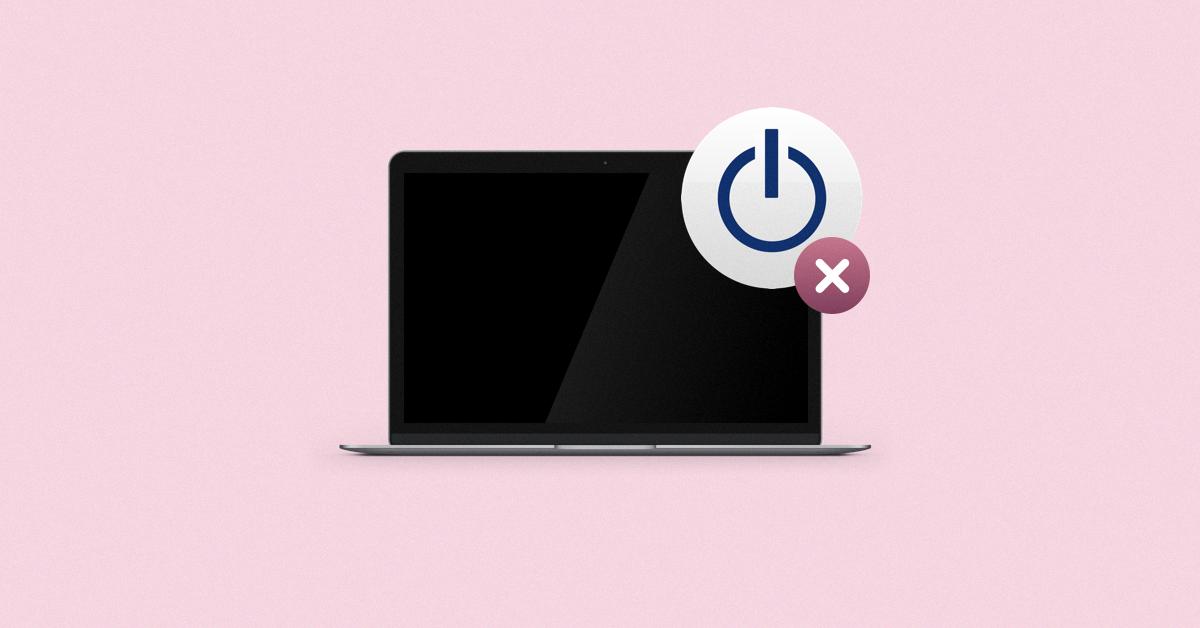
Source: setapp.com
Conclusion
The Mac Desktop is an incredibly powerful and reliable machine that can handle a variety of tasks. From gaming to video editing, the Mac Desktop has the power to deliver a great computing experience. With the right hardware, software, and maintenance, it will serve you for many years to come. It is important to remember that sometimes issues can arise with your Mac Desktop, such as the black screen of death or power problems. However, these issues are generally easy to identify and repair if you take the time to diagnose the issue properly. With regular maintenance and care, your Mac Desktop will continue to provide you with years of reliable service.

